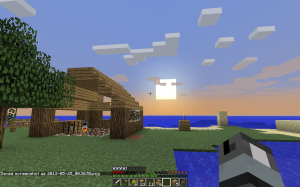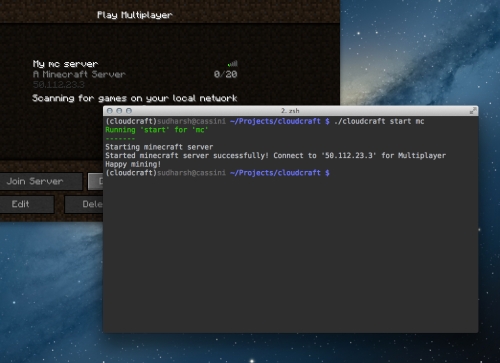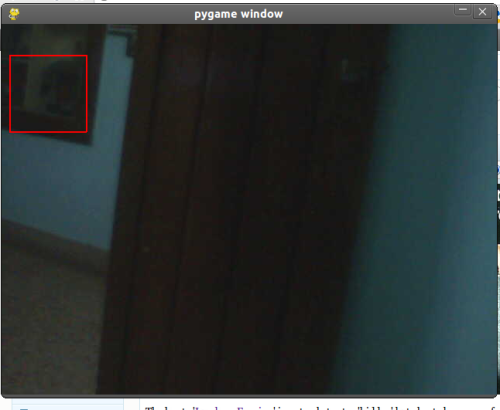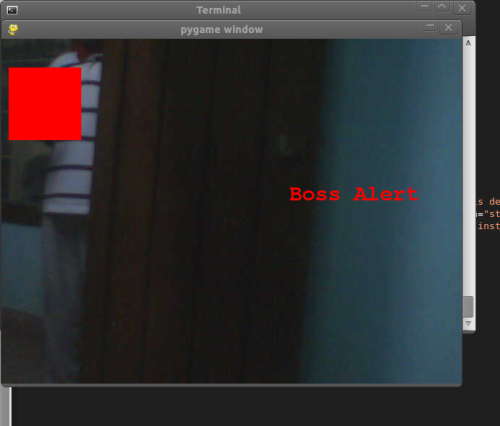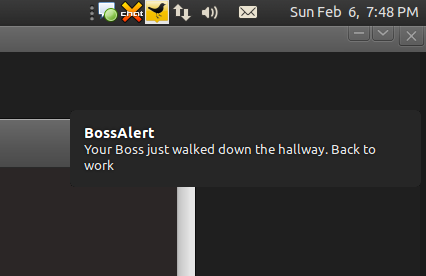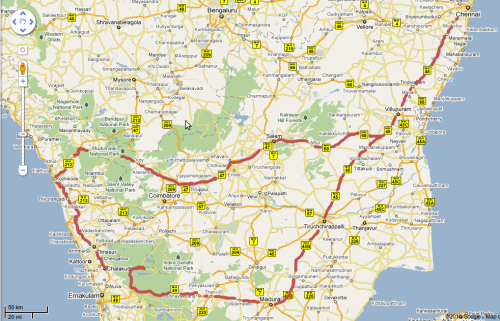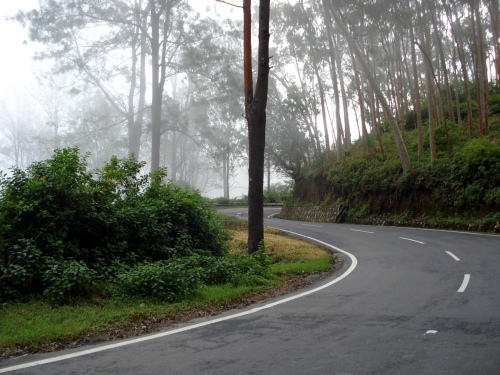There are two major templating libraries for Clojure, Enlive and Hiccup. Since I am not that much of a designer, I chose Hiccup for my side project written in Clojure. I liked the DSL’s unification of code and templating; right in my comfort zone. This post is a little log on how I ended up using multimethods for organizing my Hiccup template functions.
DRY in Jinja
In my previous Flask projects, Jinja was my templating engine of choice. The DRY flow in Jinja templates consists of setting up a base.html with a common layout markup. The ‘children’ would then ‘inherit’ and optionally override those blocks in their own templates.
Composition in Hiccup
However, In the world of Clojure (and therefore Hiccup), functions (duh!) are used to modularize templates. For example,
(ns foobar.views
(:require [hiccup.core :as h]
[hiccup.page :as hp]))
(defn head [title]
[:head
[:title title]
(hp/include-css "/static/css/bootstrap.min.css"
"/static/css/bootstrap-theme.min.css")
(hp/include-js "/static/js/jquery-1.10.2.min.js"
"/static/js/bootstrap.min.js"
"/static/js/bluth.js")])
(defn get-page [title context]
(hp/html5
;; Since hiccup DSL is just code, we will just inject the
;; <head> right here
(head title)
;; Rest of the template
;; I'd probably have a (body..) somewhere
(body context)
;; Rest of the template
))
Multi-methods
In the above example, there is a chance of repetitiveness of functions like get-page as the number of routes increases. In most cases, there is one (or few) container div that changes across the templates. To avoid this, I have found using multimethods to be a great way of dispatching templates at runtime.
For instance,
(defmulti container :template :default :not-found)
(defmethod container :home [context]
[:h2 "Welcome to the Bluth Company"]
[:button#queue-button.btn.btn-info "Backup"])
(defmethod container :users [{:keys [query-params]}]
[:h2 (str query-params)])
(defmethod container :not-found [context]
[:h2 "Generic Content"])
Now that I have a group of ‘container’ divs, I can invoke them from get-page like so,
(defn get-page [{:keys [title]
:or {title "Bluth Co. - Welcome"}
:as context }]
(hp/html5
(head title)
[:body
[:div#wrap
[:div.container
;; Invoke container here
;; and dispatch the right template function
(container context)
]]]))
Meanwhile, my routes will end up looking something like this,
(defroutes app-routes
(GET "/" [] (get-page { :template :home }))
;; Due to the destructuring in get-page,
;; I can pass in arbitrary context to be handled by
;; the container multimethods. In this case, we
;; are passing in the query-params
(GET "/users" [& query-params] (get-page
{:title "User list"
:template :users
:query-params query-params}))
(route/not-found (get-page
{:title "Pluto - Not found!"
:template :not-found}))
As you can see, get-page is the point of entry for my templates and the container div is injected according to the dispatched function. In fact, by abusing using compojure’s route destructuring, we can have true runtime dispatching of templates!
(defroutes app-routes
(GET "/foo/:template [template]
;; We don't know which container will be invoked until runtime
;; Instead of adding more routes, I can just add more multimethods
(get-page {:template template})))
get-page function isn’t going to change much and I can mix and match templates as much as I want.
I must admit that I am super new to Clojure. Therefore I am not sure if this approach is idiomatic enough in the Clojure world. Would love to hear suggestions on how it is usually done.
